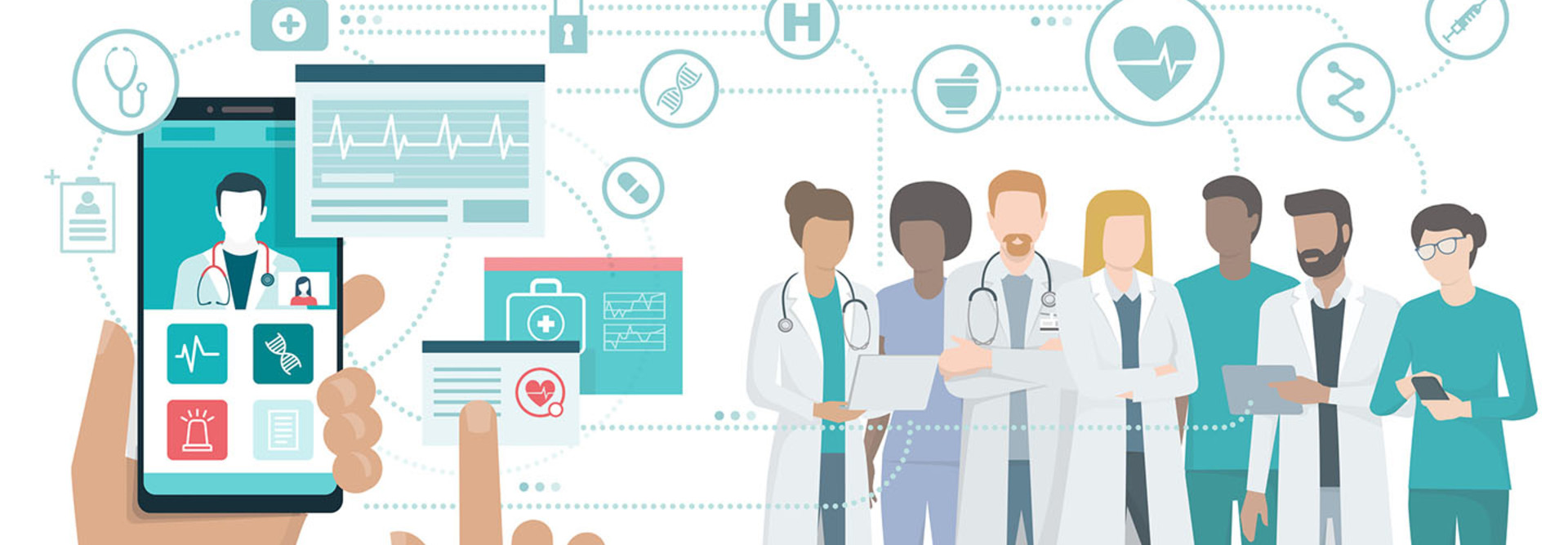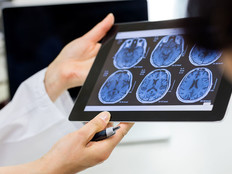Set Up Your Healthcare Organization for Mobile Success
Healthcare organizations increasingly want to leverage mobile tools to improve the patient experience and streamline workflow for clinicians and other personnel. According to a survey published recently by Jamf, 90 percent of health IT decision-makers polled said their organization had either already implemented or planned to implement a mobile device initiative.
But such efforts involve much more than just device deployment. To get the most out of smartphones, tablets and other mobile tools, IT executives must prioritize building out an infrastructure that not only can handle constantly growing device use, but also can optimize that use no matter where in a facility a user needs connectivity.
Additionally, security of both devices and network, as well as the privacy of user and patient data on them, must be top of mind as digital threats continue to evolve.
SIGN UP: Get more news from the HealthTech newsletter in your inbox every two weeks!
Start with Physical Mobility Infrastructure
Before installing any devices, organizations — especially older ones — must review construction and physical infrastructure. Optimal connectivity depends on proper access point placement to ensure minimal interference from dense construction materials such as brick and concrete, or nearby medical devices. Once an evaluation is complete, temporarily install APs to get a true sense of signal strength in given areas.
Facilities also should conduct a wireless network assessment to determine needs based on future goals and the legacy tools and infrastructure in place. Many medical devices are based on older Wi-Fi technologies, which can slow down newer tools.
The Benefits of Device Management Solutions
Device management at an organizational level is also key. This is where enterprise mobility management (EMM) solutions come into play. IT staff can manage internally owned and personal devices connected to a healthcare organization’s network, helping to monitor performance and responsiveness, as well as security.
Miami-based hospice provider VITAS Healthcare, for instance, manages devices for 8,000 clinicians across 14 states and the District of Columbia using an EMM solution. The tool helps the organization to ensure security and has helped to cut training time for staff from 23 hours for PC-based processes to just one hour for the mobile model. The use of EMM has also helped VITAS save $2.2 million over three years, compared to the cost of supporting its laptop program.
The Future of the Healthcare Workforce
By 2020, clinical mobile adoption is expected to increase by 40 percent for all hospital workers, according to a Zebra Technologies report. By 2022, the report predicts that 97 percent of all nurses will use smartphones, tablets and other mobile devices at the bedside.
For health systems to get the most out of those deployments, IT leaders must first assess their situations and build up their foundations.
This article is part of HealthTech’s MonITor blog series. Please join the discussion on Twitter by using #WellnessIT.









